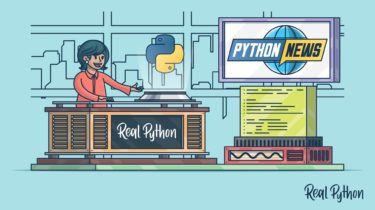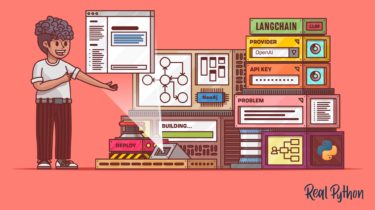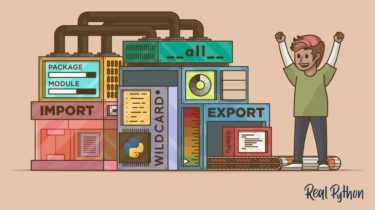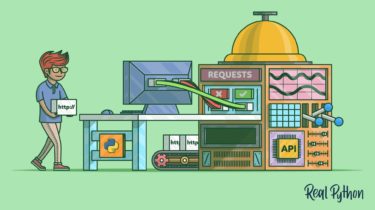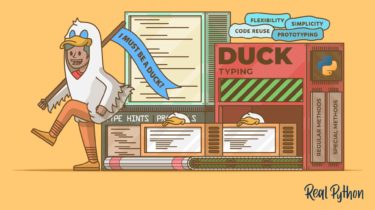Python Basics Exercises: Dictionaries
In plain English, a dictionary is a book containing the definitions of words. Each entry in a dictionary has two parts: the word being defined, and its definition. Python dictionaries, like lists and tuples, store a collection of objects. However, instead of storing objects in a sequence, dictionaries hold information in pairs of data called key-value pairs. That is, each object in a dictionary has two parts: a key and a value. Each key is assigned a single value, which […]
Read more